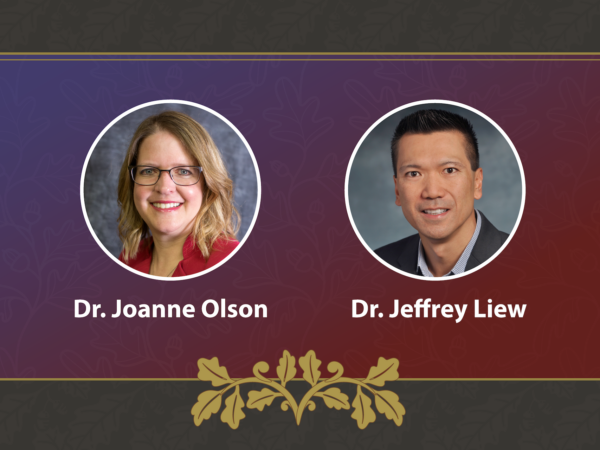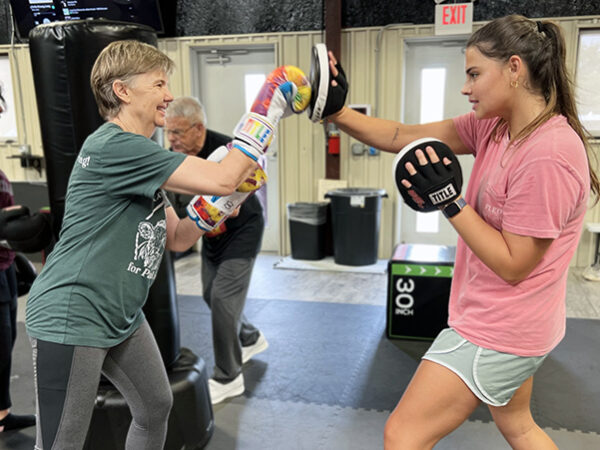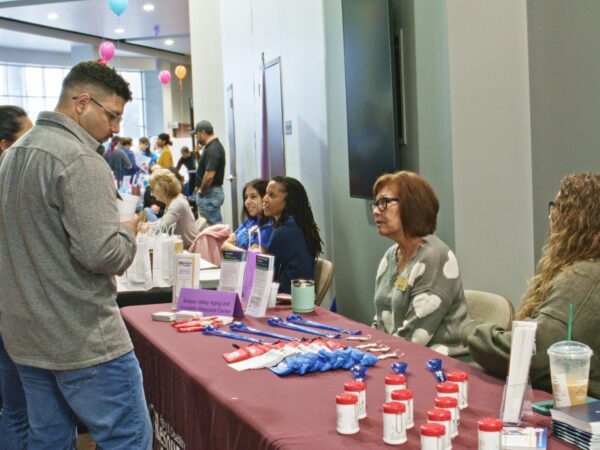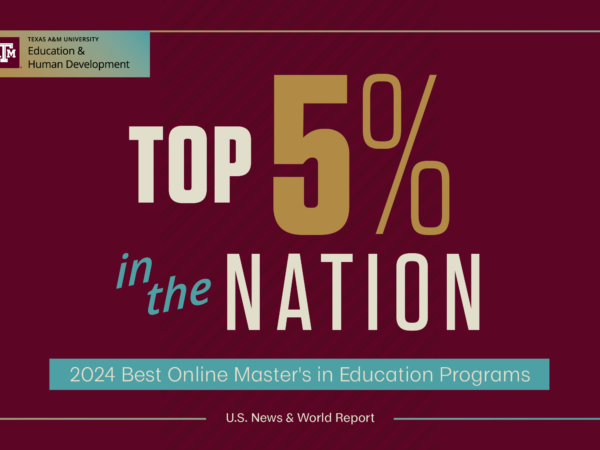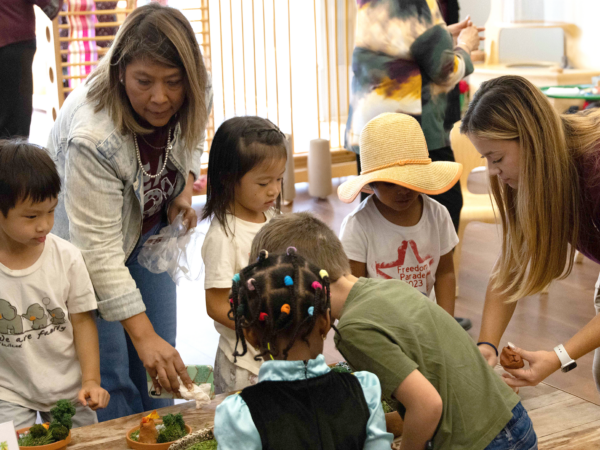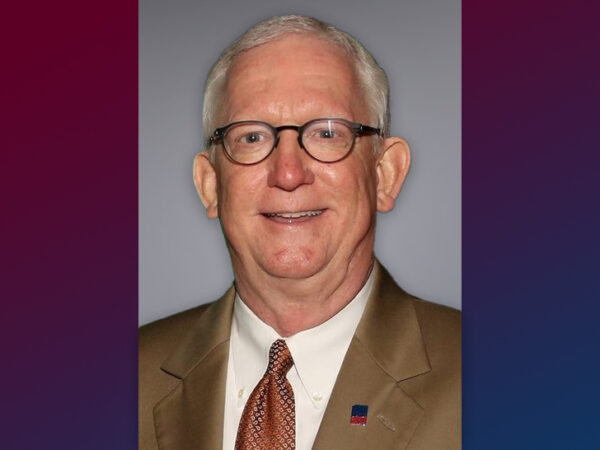Advocating for Health Communities
IT’S A FACT:
- In 2011-2012, the prevalence for obesity among children and adolescents was higher among Hispanics (22.4%) and non- Hispanic blacks (20.2%) than among non-Hispanic whites (14.1%).
- Fewer than 1 in every 4 adolescents meets the recommended guidelines for physical activity – 60 minutes of moderate to vigorous physical activity daily.
Centers for Disease Control, World Health Organization
The journey of a health education specialist may start in a classroom, but Dr. Idethia Harvey believes that the competency acquired in the classroom must continue to develop in order to work effectively with others in diverse and underserved communities. Harvey is an associate professor in health education where her experience in health promotion and disease prevention within minority communities has allowed her to teach her students about the importance of health education.
Harvey’s research focuses on the way in which social conditions and people’s behaviors explain the role of self-management of obesity-related chronic conditions. She believes that it is her duty to incorporate her research interest within the classroom.
“14 percent of African-American Texans are diagnosed with type-2 diabetes in comparison to only 8 percent of white Texans,” Harvey states. “As health education specialists, we need to figure out how to create programs to help people change their health behavior. Health education can give individuals a set of skills to impact their health, their family’s health and the health of their community.”
Much of Harvey’s research has led her to a variety of cities across the nation working with diverse communities including, low-income, rural, urban, African and Caribbean Americans, aging, and LGBT populations. Across these communities, Harvey notes continued disparities that challenge our society as people of all ages from different communities still do not have adequate health care, proper health education or access to fresh produce.
“The infrastructure of where people reside and its resources are very much linked to health disparities. When these factors do not support the individual’s lifestyle and people have to deal with stress, racism and sexism, all of those things impact health disparities,” she said.
In a research study conducted at the University of Michigan School of Public Health, Harvey and her colleagues found huge disparities in the supermarkets in Detroit metropolitan area compared to the suburbs of the city. Harvey used these findings to showcase the importance of applying knowledge to “real world” situations and to think “outside the box” as a health education specialist.
“How can we ask individuals to eat healthy, if there is not an infrastructure to support healthy eating behaviors?” Harvey asked. “The same can be said for any health behavior change, we as health education specialists need to understand the reality in which our clients live on a day-to-day basis.”
She found that by using this case study, students in her class began to understand how the shortage of grocery stores not only played a vital role in people’s diets, but also how it can be used to examine other indicators for health and well being.
“We must be able to ask more questions to understand the lived experience; so that we can in turn, develop programs to match their reality,” she said.
Social support is another significant component in reaching minority and underserved communities. Harvey said that community insight and education helps fill the gaps in health disparities. Health education specialists play a vital role in developing partnerships to build community capacity to implement and sustain health initiatives.
“There are certain things that can’t change so we have to ask ourselves ‘what can we bring into a community to help in the process and to enhance social capital to improve health behaviors,’” she said.
As a professor, Dr. Harvey encourages her students to go beyond the classroom walls to reach the people involved in these communities. According to Harvey, this also means using prior knowledge to help form creative breakthroughs.
“You can’t have a textbook response; you have to be able to think outside of the box,” she said. “What I try to do with my students is tell them that whatever bias they have, they must admit to it and move past that bias so they can actually see people. That’s the first hurdle they must overcome in order to be a part of the solution.”
For media inquiries, contact our Media Relations Coordinator, Ashley Green.
Fundraising
To learn more about how you can assist in fundraising, contact Amy Hurley, Director of Development ahurley@txamfoundation.com or 979-847-9455


